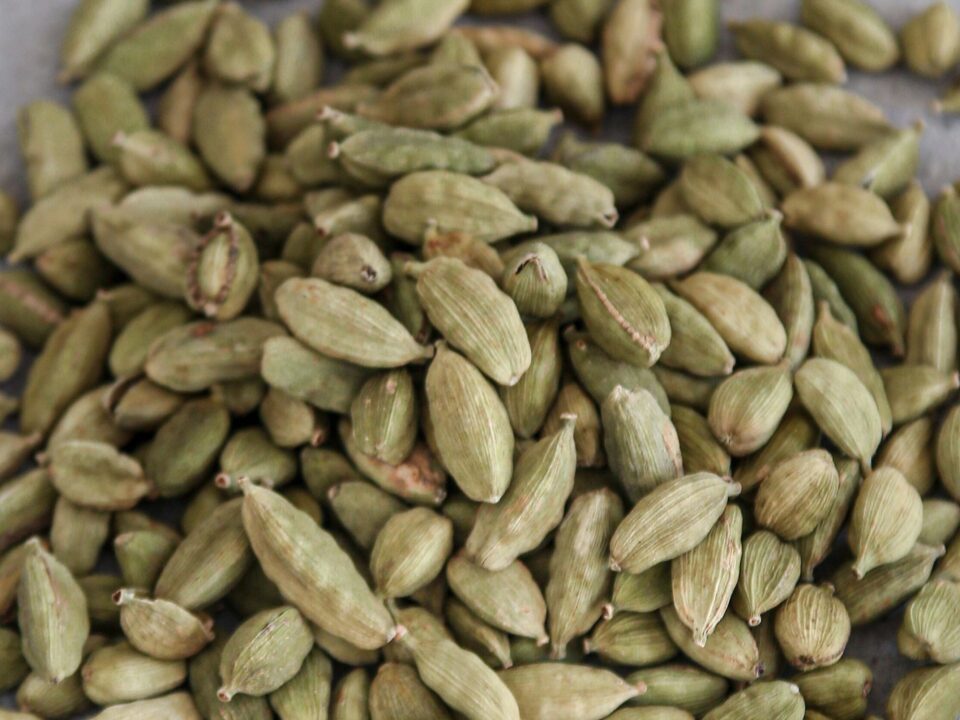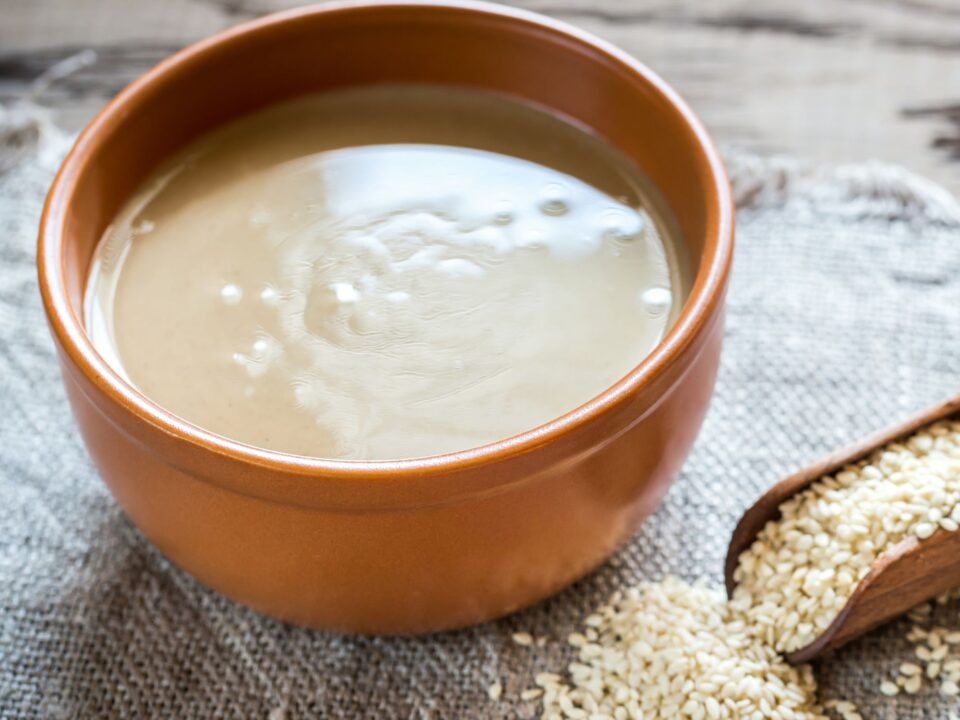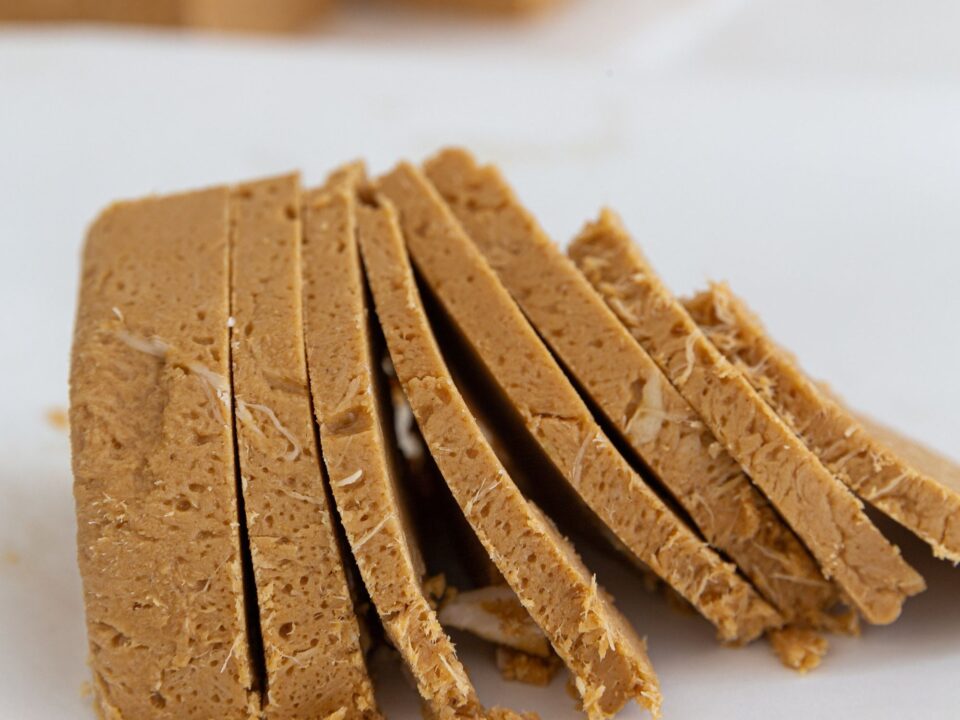Olive oil is a staple in many kitchens around the world, prized for its flavor and health benefits. But have you ever wondered how this golden liquid is made? In this guide, we’ll take you through the straightforward process of turning olives into olive oil.
1. Harvesting: It all starts with the olives. Olives are typically harvested in the late fall or early winter when they are at their peak ripeness. Farmers use various methods to harvest olives, including hand-picking or using mechanical shakers to knock the olives off the trees.

2. Sorting and Cleaning: Once the olives are harvested, they need to be sorted to remove any leaves, twigs, or other debris. This is usually done by passing the olives through a series of screens or filters. After sorting, the olives are washed to remove any remaining dirt or impurities.

3. Crushing: After cleaning, the olives are ready to be crushed to extract the oil. This is typically done using a machine called a crusher, which breaks the olives down into a paste. Some traditional methods still use stone mills to crush the olives, but most modern facilities use stainless steel crushers for efficiency.

4. Malaxation: Once the olives are crushed, the resulting paste is mixed to encourage the oil to separate from the solids. This process, called malaxation, helps release the oil from the cells of the olive paste and improves the yield of the oil.
5. Separation: After malaxation, the olive paste is sent to a centrifuge, where it is spun at high speeds to separate the oil from the solids and water. The oil is lighter than the other components and rises to the top, where it is skimmed off and collected.
6. Filtering: Although the oil has been separated from the solids, it may still contain small impurities or bits of debris. To ensure the oil is pure and clear, it is passed through a series of filters to remove any remaining particles.

7. Storage: Once the oil has been filtered, it is ready to be bottled and sold. Some producers may store the oil in stainless steel tanks to preserve its freshness until it is ready to be packaged.

And there you have it – the straightforward process of how olive oil is made. From harvesting the olives to bottling the oil, each step plays a crucial role in producing the flavorful and versatile oil that we all know and love.




